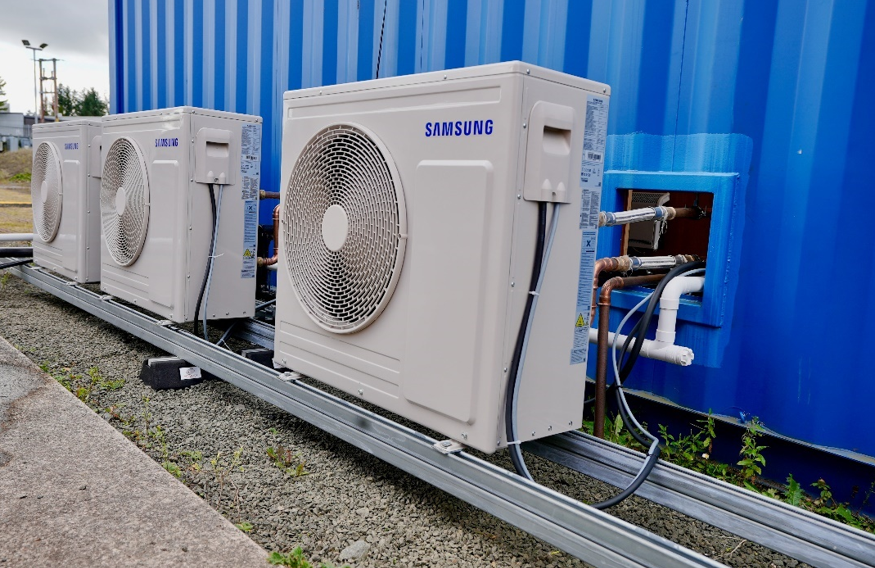The International Air Transport Association (IATA) has called for urgent action to deepen the understanding on the formation and climate impact of aviation contrails to develop effective mitigation measures.
The call comes as a major part of the reform of the EU's carbon pricing scheme for aviation, will start monitoring contrail pollution. That scheme will be put in place by 2025, but by 2028 the EU will bring in measures to reduce contrail pollution. That would include contrails, nitrogen oxides and sulphur.
Airlines are, however, unhappy and see it as too much too soon. The newly released IATA report Aviation Contrails Climate Effect: Tackling Uncertainties & Enabling Solutions calls for a strengthening of collaboration between research and technological innovation, coupled with policy frameworks to address aviation’s non-CO2 emissions through more atmospheric data.
The report highlights the complexity of contrail science, noting gaps in the understanding of how contrails form, or when they could persist, and how they impact the climate. The lack of high-resolution, real-time data on atmospheric conditions (particularly humidity and temperature at cruising altitudes) hinders precise contrail forecasting.
.
© 2019 Perspective Publishing Privacy & Cookies







Recent Stories